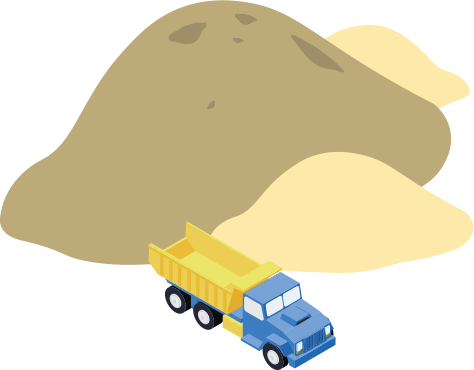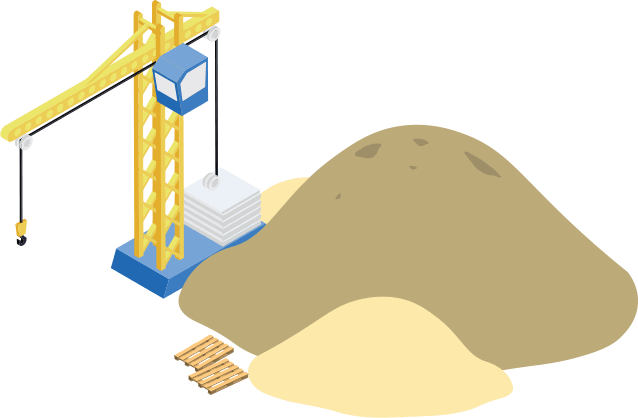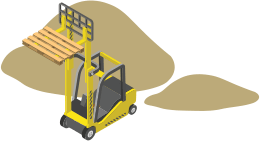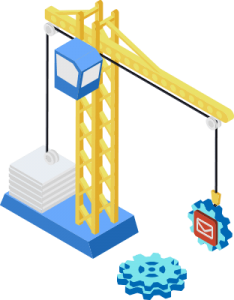Every business owner needs a website. Most know they need one – though a survey in 2013 found 55% of small businesses DON’T have one.
That’s amazing.
But that is not what this page is about. If you have a website or are getting one, you ought to know what your website has to do – AT A MINIMUM.
A car needs at least 4 wheels, some kind of engine that works and will pull it forward, and a method of steering so it goes where you want it to. Otherwise, it may be a piece of art, a swing or pool table – but it isn’t a car.
Just so, there are some things a website has to do if it is to be worthy of the name. What are these things? There are a few, but the first and most important is to make sure they know they’ve arrived at the right place.
The FIRST thing a website has to do is give the visitor some idea they haven’t made a mistake clicking on that link or typing in that URL (website address).
How do you do that? By making sure the content “above the fold” is doing its job (that’s where someone arrives on a website; what you see of the home page without scrolling down).
That is the most important piece of real estate on your site because in those first few seconds your visitor is going to decide whether this is the place for them or not.
The first part of that test you have to pass is visual; If your website is ugly, unprofessional or hard to read, chances are your visitors are going to decide they made a mistake. They were looking for a place they could trust – whether they want to find information, somewhere to make a purchase, or something else.
If you walked into a restaurant you’d never been to before and the floor was dirty, it smelled funny, and there were some sketchy looking characters sitting at the counter, chances are you’d turn around and walk right out again. You don’t care what is on the menu or what their prices are.
It’s the same with a website.
WHO, WHAT, WHERE, WHY, WHEN
There’s an old formula for properly describing something – the 5 Ws. And it applies to websites. Visitors coming to your site are trying to match what they were looking for with what you are showing and telling them. By the way, you can also flunk this test visually. If you have a women’s gym and the home page is dominated by an image of male body builders – well, hopefully, no one would make THAT kind of mistake.
But mostly it is about how fast, easily and clearly your visitors can get answers to their questions. If they are looking for a dry cleaner, you should be telling them very visibly and in a very obvious way that you are a dry cleaner.
Now, you would be amazed at how often this is violated.
WHO are you? Don’t forget to tell them the name of your business! Along with something of a description of your business, that is vital information – especially if they are actually looking for your particular company.
WHAT is obvious. What do you do? What are your products or services? Who do you do it for? If you don’t have a fast “elevator pitch” answer to this question, you’d better work one out. Your visitors aren’t patient enough in the Internet age to spend long seconds trying to find out if you sell or do what they are looking for. If they are looking for a pediatric endodontist (specialist dentist) don’t expect them to wade through pages and pages to find out if that’s you.
WHERE is vital, and often forgotten. Are you a local business? What is your service area – do you travel to their address? Are your customers national or International?
It is amazing how often WHEN gets skipped. There’s nothing quite as frustrating as finding a store online that has what you are looking for – but you can’t find out when they are open.
WHY is a trust builder. Tell people WHY you do what you do. You’d be amazed at how people respond to this.
Now that is a lot of information to fit on a single screen. So the first step is knowing that this information needs to be there. The hard part is figuring out how to make it fit on that screen, so it is easy to find and absorb, but doesn’t clutter the page up or confuse people. In other words, you need to make sure that this information is properly prioritized.
At thirteen05 creative, we have been doing this for over thirteen years. And we do it because we aren’t just designers or programmers, we are a marketing company. It’s our job to think about things like this. More importantly, if we do your website, we’ll think about it for your website, ensuring that it does accomplish these things and passes that first test.
Ready to check out Part 2 of this series? Click here!









